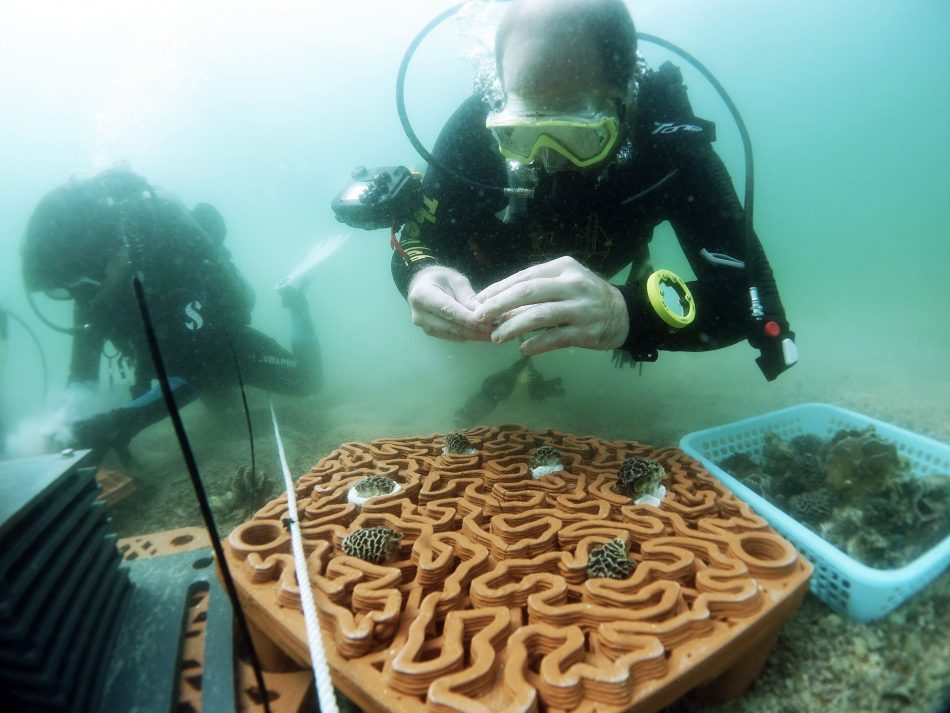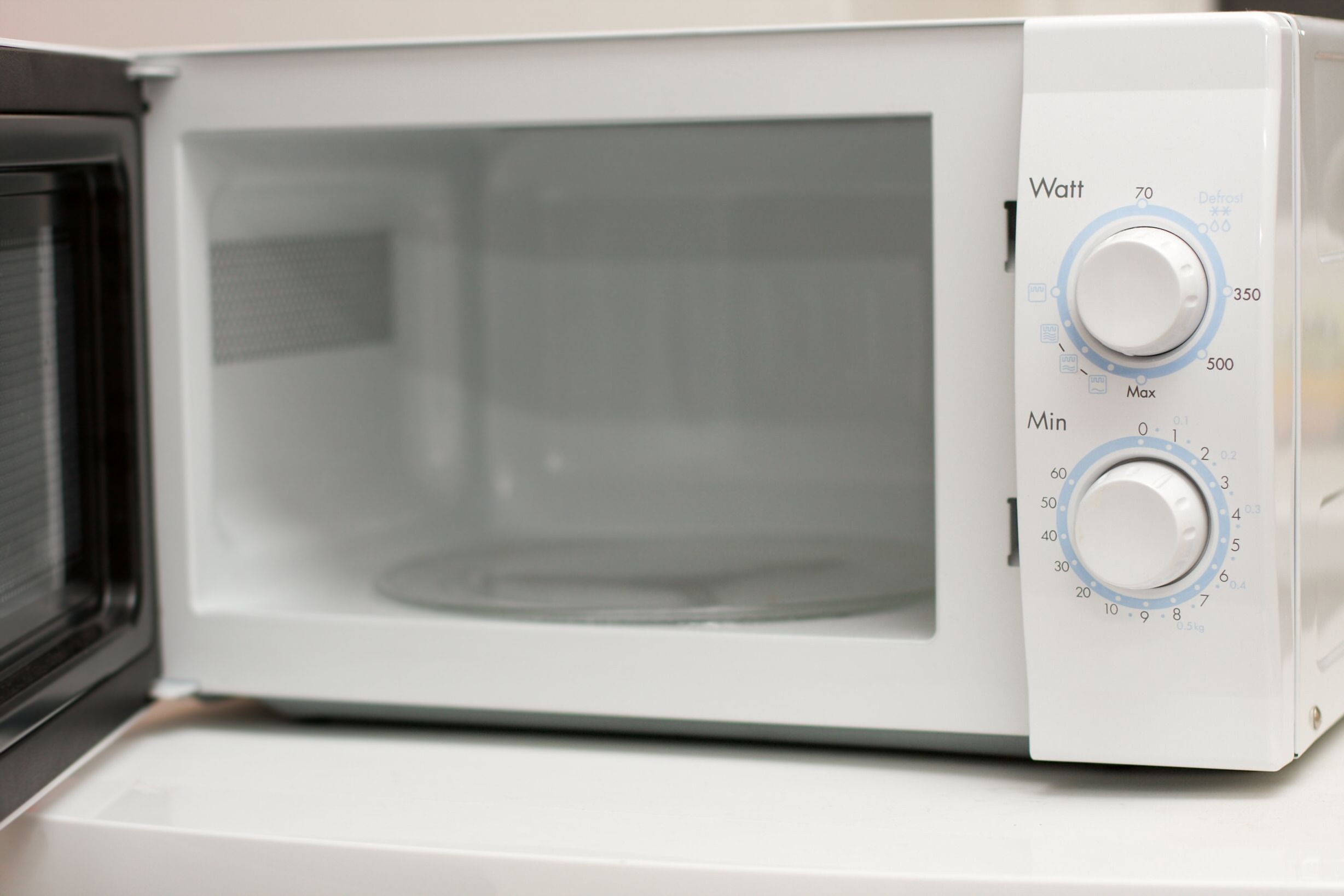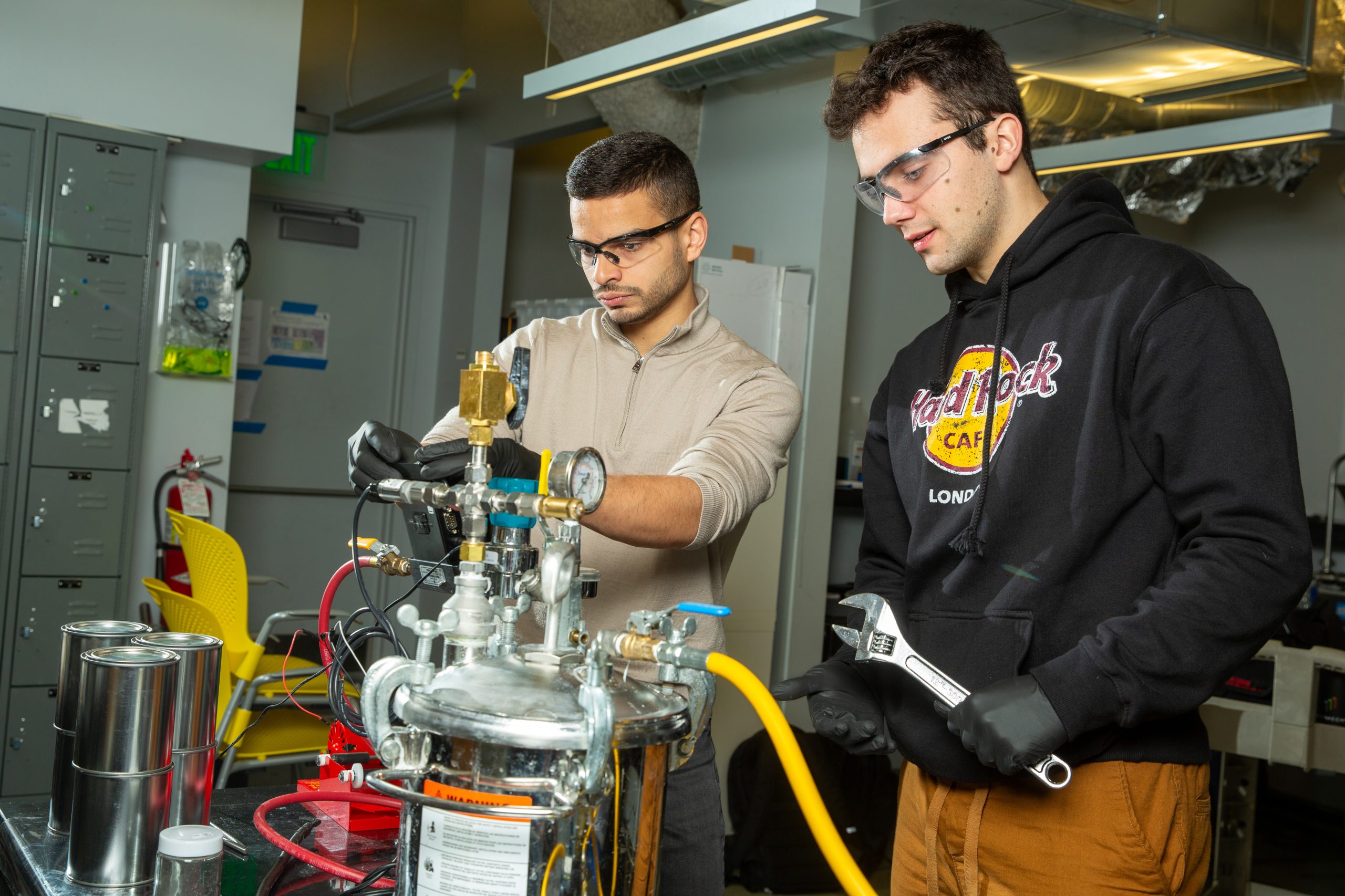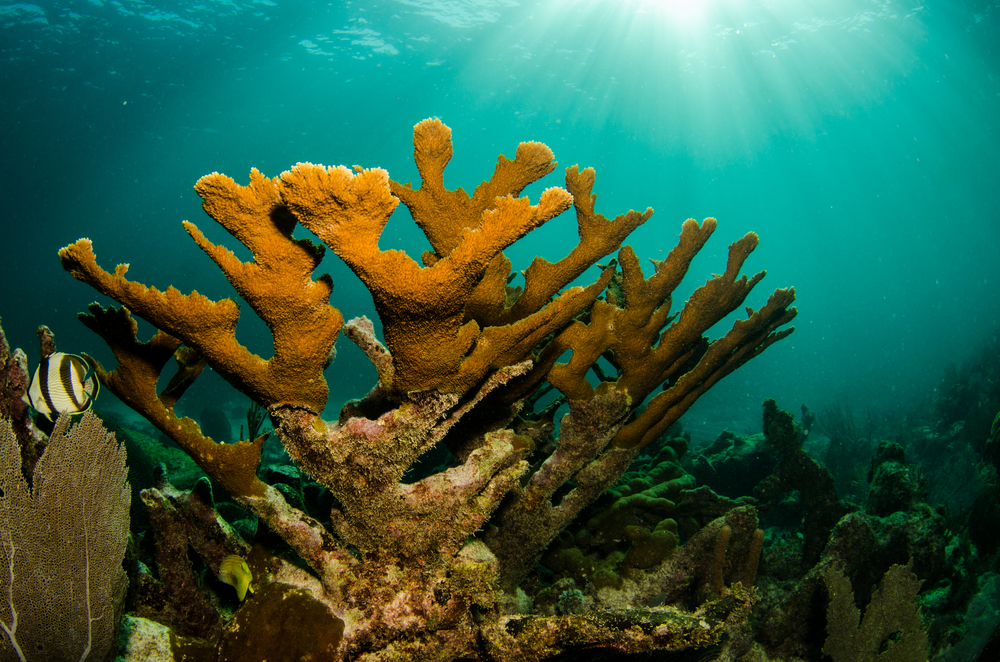Like in many other parts of the world, coral presence in Hong Kong has suffered a significant decline in recent years, due to many pressing challenges, including rising ocean temperatures, overfishing, and pollution. This is troubling since coral reefs are some of the most diverse and valuable ecosystems on the planet. As such, some scientists are looking for creative ways to replenish them.
More recently, architects and marine scientists at the University of Hong Kong (HKU) have joined forces to develop a novel method for coral restoration: 3D-printing terracotta tiles that will act as artificial reefs.
The newly engineered ‘reef tiles’ were installed at three selected sites within Hong Kong’s Marine Park, a local biodiversity hotspot that’s home to more than 75 percent of reef-building corals in Hong Kong. There, they will provide a useful structurally complex foundation for coral attachment, as well as serve to prevent sedimentation.
To create the artificial corals, the researchers 3D-printed terracotta clay into the reef tile pattern and fired it to 2,057 degrees Fahrenheit to produce 128 tiles. According to scientists, the methods used to create the tiles are also more eco-friendly than conventional techniques for coral reef restorations.
Three coral species were chosen for the research: Acropora, Platygyra, and Pavona, all of which will create a diverse habitat for other marine species. The team now plans to develop new tile designs and further expand seabed restoration in the area.












